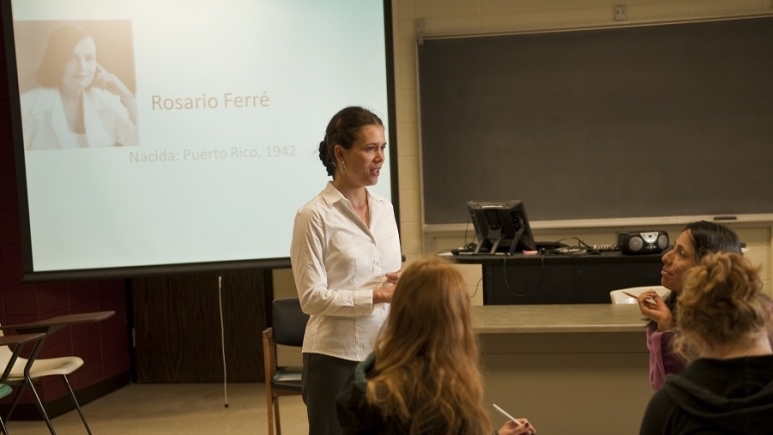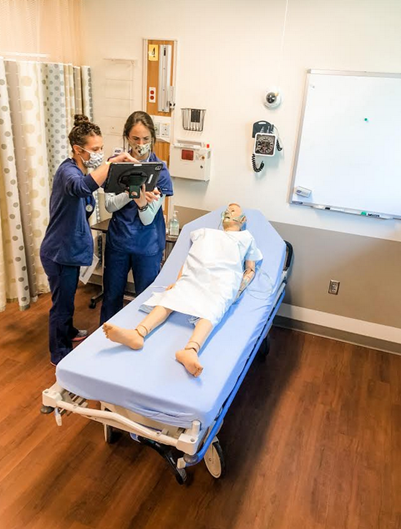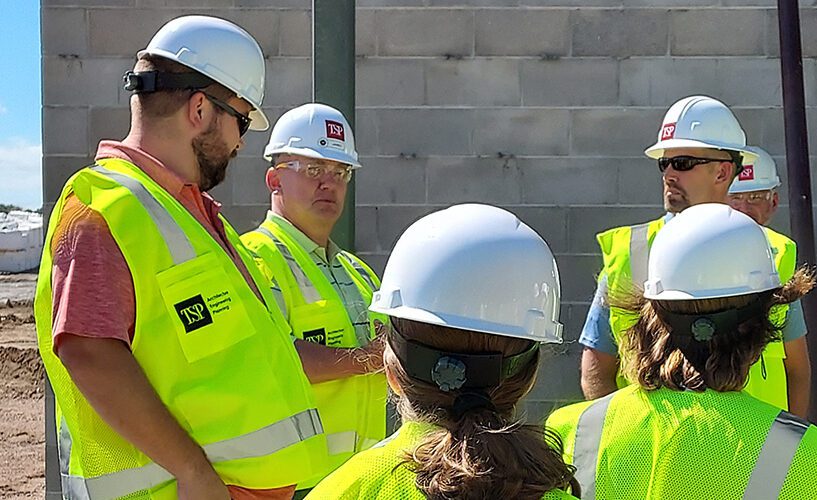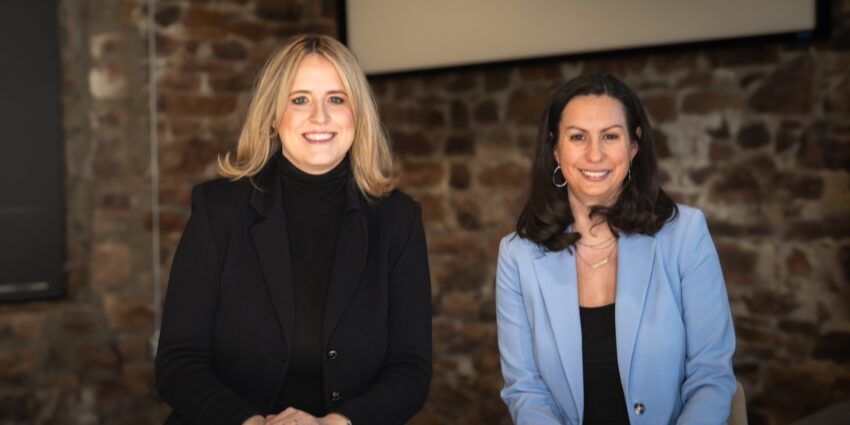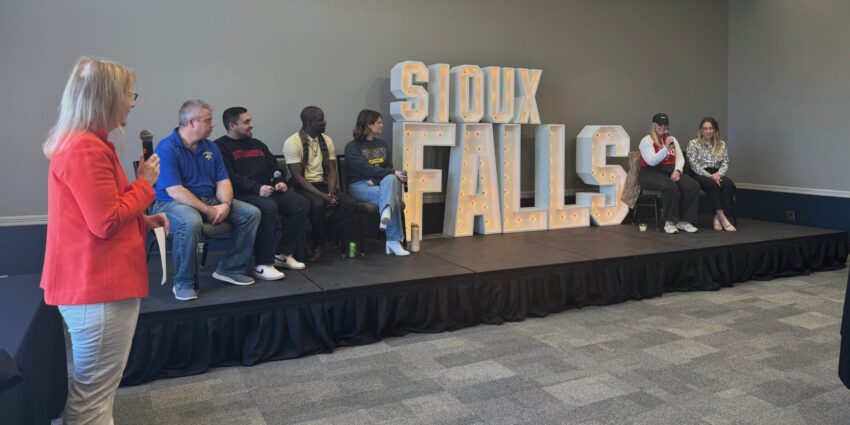Ahead of the game: Investment in technology prepared Augustana for online instruction before COVID-19
Sept. 16, 2020
This paid piece is sponsored by Augustana University.
With Augustana’s strategic plan — Viking Bold: The Journey to 2030 — the university affirmed its commitment to providing innovative and significant learning experiences for students. To achieve this, faculty members need access to technology that enhances learning and opportunities to engage their colleagues in meaningful conversations about best practices.
In the fall of 2019, the Center for Excellence in Teaching and Scholarship, or CTS, was established to take advantage of these opportunities — partnering with various components of the university and engaging experts across the field of Scholarship of Teaching and Learning, or SoTL.
Before the university even looked at adopting its Viking Flex Plan — which incorporates both face-to-face learning as well as an integrated virtual learning component in many classes this fall — the CTS was already moving forward with plans that would prove to be beneficial in dealing with the challenges that come with a global pandemic.
A new learning management system, known as Canvas, was about to be rolled out to the campus community, as well as a curriculum development program, the Curriculum Design Fellowship, or CDF, that would provide a theory and practical foundations for faculty as they created or revised classes for the fall semester.
“One of the things we are sure of is that the academy is fantastic at developing teachers who are experts in their specific discipline,” said Jay Kahl, CTS director.
“In regards to providing them with training or support on how to teach that material, you need broad understanding about cognitive development, teaching, learning and curriculum development.”
But in light of COVID-19, the CTS had to modify its original plan. Originally intended for a dozen people in an intimate seminar setting, the overwhelming response for the fellowship ballooned to 80-plus faculty members across all divisions and departments.
The CDF also had to include discussions about the Viking Flex Plan so faculty could talk through what the HyFlex classes would look like. This included how the courses could be structured to make for natural “pivot points.”
Lastly, the CDF was moved to a workshop-style of student-centered design, enlisting the help of a renowned expert in the field, L. Dee Fink, guiding faculty members through the process of crafting significant learning experiences, planning with the end of the course in mind.
“We have been able to merge the important work of Dr. Fink with some contextual understanding of curriculum design and theory provided by one of our colleagues in the Mikkelsen Library, so it has truly been a shared undertaking by the entire institution to provide the CDF to our faculty,” Kahl said.
But even as far back as last year, the CTS had rolled out an Exponential Mentorship Program — aimed at developing additional faculty members into experts that also would benefit students in the classroom.
“We determined which technologies faculty were already using and enlisted those faculty to mentor their colleagues,” said Sharon Gray, Augustana’s director of instructional technology.
Faculty members considered experts in technologies — including tools for screencasting, polling, quizzing and creating content — mentored two colleagues, who each mentored two more faculty members. The first cohort in the fall consisted of 33 faculty members. It worked so well that Augustana continued the program with more than 20 new faculty members in the spring. That’s when COVID-19 hit.
“The Exponential Mentorship Program was extremely valuable during the coronavirus ramp-up as we were transitioning all of our courses to remote teaching and learning,” Gray said. “Some of these tools are ideal for supporting teaching online — and we had a cadre of experts at the ready!”
Augustana associate professor of mathematics Lindsay Erickson, a lead mentor for Explain Everything, said she had been using the program since 2016, but there hadn’t been much interest from other faculty in the past.
“I would say just being more up on technology, it made the transition to online instruction a lot easier for me.”
Erickson said she learned early on that if you invest a little bit more in technology on the front end, you’re going to see it pay off quickly.
“For example, I have technology that paid for itself within the first semester because I had a student with a learning disability who needed a note-taker, but because I was able to use this iPad and Pencil and also record the lectures, it eliminated the need for Augustana to have to pay someone else to do it.”
There are some members of the Augustana community who had foreseen the benefits of this kind of programming long before COVID-19 hit. Before the CTS was established, in 2007, alumna and former Board of Trustee chair Dr. Jane (Hemmel) Zaloudek, class of 1972, and her husband, Dr. Charles Zaloudek, established The Zaloudek Faculty Research Fellowship to support research done by members of the Augustana faculty. Most recently, they provided gifts in support of Augustana’s Exponential Mentorship Program. Augustana alumnus Joe Floyd, class of 1958, former president and COO of Midcontinent Media Inc., is helping fund Canvas in its first year of implementation.

